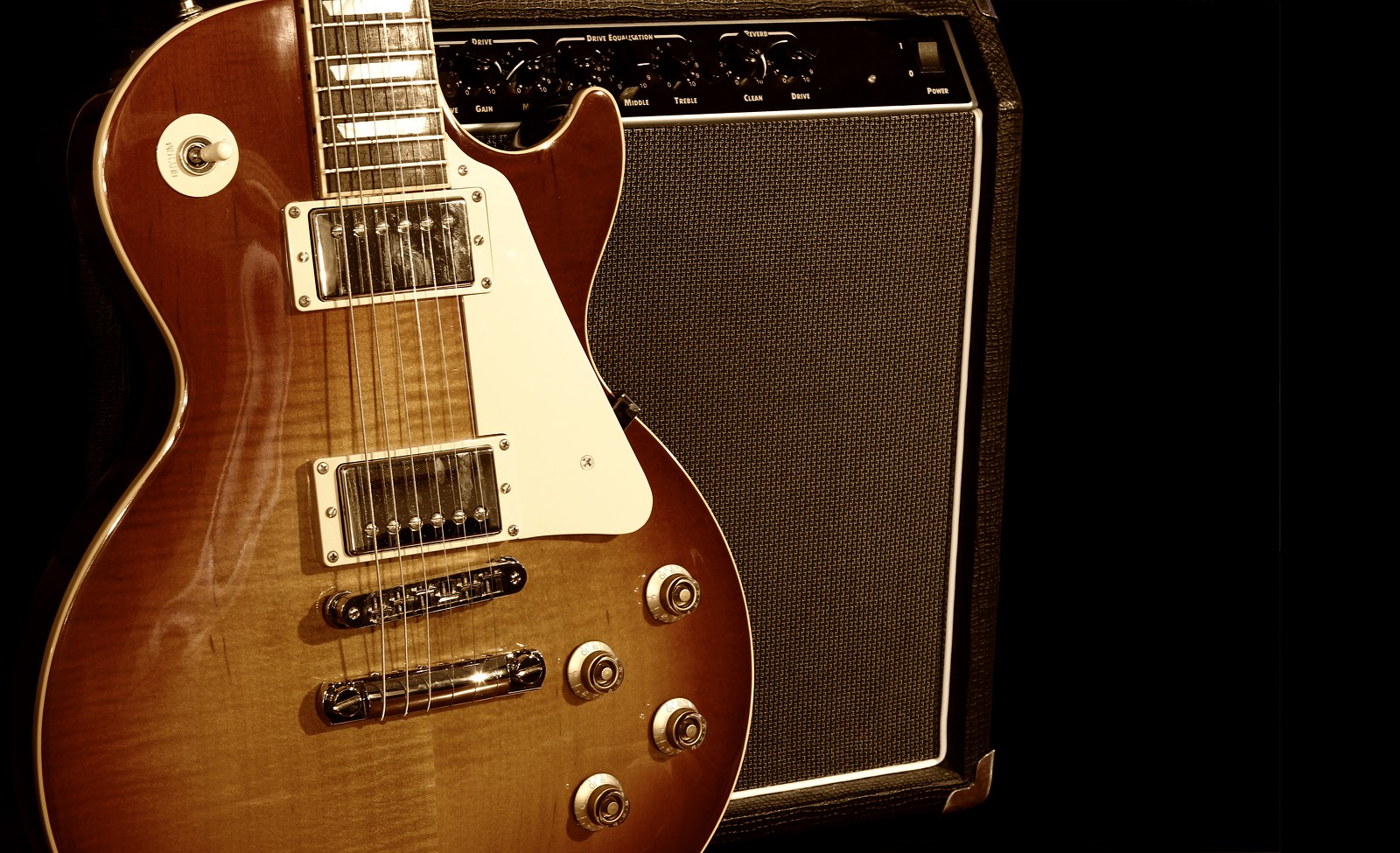How to Spot a Fake Gibson Les Paul Traditional (and Other LP Lookalikes)
World-famous Gibson guitars, like the iconic Gibson Les Paul Traditional, are practically the byword for quality, beauty, and overall musical sophistication: this has made them objects of desire for musicians and enthusiasts the world ove for many years. The Les Paul family of electric guitars has in itself been a huge influence in shaping the today's musical soundscape, and this heritage alone make the guitar a valuable and pricey investment as well.

Since guitars like the famous Gibson Les Paul traditional 2014, which helped celebrate 120 years of the lutherer's art at Gibson are so highly prized, it makes them prime targets for the bane of quality brands: the counterfeiters! Fake guitars of every brand under the sun have duped countless guitarists (even finding their way into the hands of super star musicians like former Guns N’ Roses guitarist Duff McKagan. While there's always a crowd that might be glad to have something that works pretty much like the real thing, the vast najority of "brand" buyers won't knowingly have anything to do with any of these fakes: if their paying for the real thing - they want the real thing in their hands! If you’re one of those people who's about to make the leap to buy Gibson: read on and get clued up to spotting fake Gibson Les Pauls when you see them... before you part with that hard earned cash!
A good majority (if not all) of authentic Gibson Les Pauls have a neck that’s cut from a single piece of mahogany. In stark contrast, the necks of fake Gibsons are almost always made from two different pieces of wood, as genuine sustainable and legal mahogany is so hard to come by. It's a dead giveaway, indicating the blatant inconsistency in the sound you are going to get. There are a few authentic models made from two different pieces of timber as well, so, bear this in mind: only the headstocks of authentic Gibsons are made from two glued pieces, and they’re joined left and right (fakes are almost always glued top to bottom).
Fakes and authentic models also give themselves away on other features of the headstock. For one, an authentic headstock’s truss rod's cover plate (the plate on the base of the headstock) has only two screws. The Gibson logo, inscribed across the top end of the front of the headstock should only be angled at 30 degrees and not italicised, and the “horns” (top left and right corners of the headstock) should be pronounced. Additionally, the logo on an authentic Gibson headstock should be made from Mother of Pearl, and the notch between the “horns” should be shallower.
Looking at the body, fake Gibson Les Pauls are easy to spot, provided you know how a real one looks. When buying, compare the shape of the body of the guitar in question with pictures of the real one. Then, the discrepancies will often glare: fake ones often have bodies that look too big or flabby. Take a good look at the toggle switch—fakes sport a large hexagonal nut and a longer switch, while real ones use a circular splined nut and a shorter toggle.
Of course, fake Gibsons can be avoided altogether by buying only from an authorised dealer like us... at Rainbow Music Ltd. Aside from selling only authentic products, the experts here, Stewart and Kev, can also help keep you right on sorting the Glorious Gibson wheat from the cheap counterfeiter's chaff!
Source:
How To Spot Fake Les Pauls , LesPaulGuide.com
The Growing Problem Of Counterfeit Guitars, PremierGuitar.com, November 18, 2009
Buyer Beware—Fake/Genuine Les Paul Photo Comparison, GuitarLess.com, May 15, 2010
How To Spot A Fake Gibson Les Paul, SonicState.com, May 7, 2014
A Guide To Counterfeit Gibson Les Paul, Fender Stratocaster And Ibanez Guitars, Sam Ash Spotlight
Recent Posts
-
The Brand New Yamaha Genos 2 Workstation Is Here
It has been six years since the launch of the Yamaha Genos and now we have the brand new and long aw …15th Nov 2023 -
Don't fret, Rainbow Music has you covered
It;s July 1991 and Bryan Adams' (Everything I Do) I Do It For You is top of the charts.Meanwhil …16th Jul 2022 -
How To Verify And Authenticate Your Gibson Guitar Serial Number
At Rainbow Music we are often asked about the age and date of manufacture of the Gibson guitars that …8th Jan 2022
